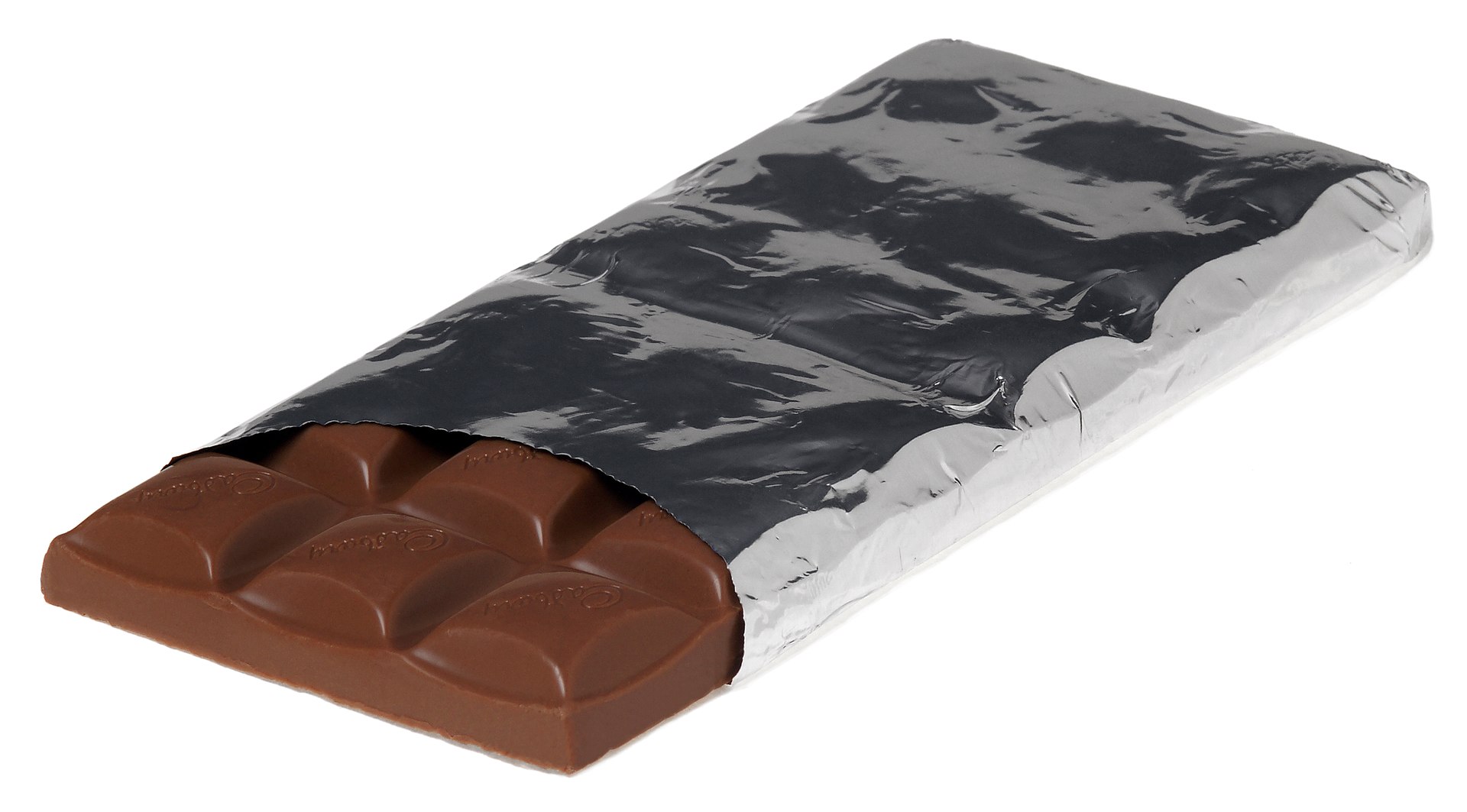Our whole lives, we were told not to judge a book by its cover. When it comes to waiting to get to know someone before you decide what kind of person they are, that adage holds true. But when it comes to products? No way.
If that were true, every product would just look like European cigarettes—white packaging with plain black font telling you what kind they are.
Packaging is important, and we base a lot of our decision making on it. A new study shows that packaging might also even play a part in how much we like the product within—at least when it comes to chocolate.
Researchers at the University of Melbourne in Australia published a report that found that people had different reactions to the same chocolate depending on its packaging.

The study had 75 average chocolate consumers between the ages of 25 and 55 eat chocolate with six different packaging concepts. The researchers did things like create a brand name called “Chuff,” which draws its name from the Australian/British slang “chuffed,” meaning pleased or delighted, and create six different packaging options for the chocolate. You can see all of them here.
One group had the chocolate in a totally blind setting, meaning they ate the chocolate with no brand association—just an unlabeled cup. One group looked only at the packaging and gave their opinions. The third group tasted the chocolate with the packaging in view to get the “combined effect of the chocolate and packaging.”
The results found that there was a positive correlation between liking the packaging and liking the taste of the chocolate. The strongest correlation was visible in what the study called the “Special packaging concept,” i.e. the ones that had descriptors like “bold.”
Bustle‘s Lucia Peters wrote:
These findings do seem to line up with previous research on food packaging and our enjoyment of the food inside; I’d argue, though, that it goes hand in hand with a few other recent studies that found we enjoy wine more when we think it’s expensive.
There’s definitely that placebo affect that we all experience in situations like this. When we think the chocolate, or whatever product, is objectively “good,” our brain tells us that it’s good. When it’s packaged in a way that creates a high perceived value, or if it’s advertising some flashy (but really meaningless) bonus like “boldness,” our brains tell us that it is, in fact, very bold and very good.
And as the lines blur between promotional product packaging and retail packaging, it’s a good lesson for promotional products companies. When clients say they want a “retail look and feel,” it means they want something that looks expensive, exclusive, fancy, etc. They want a high perceived value, even if the product inside the packaging didn’t actually cost a lot to produce or manufacture.
Think about electronics in fancy boxes, products in personalized gift sets and, in the case of electronics and other items, heaviness. These are all things that make people think, “Wow, this is nice. I’m going to hold onto this for a while because it’s quality.”
So, while you still can’t judge books and people by their first impressions, you sure can judge consumer products and chocolate.



